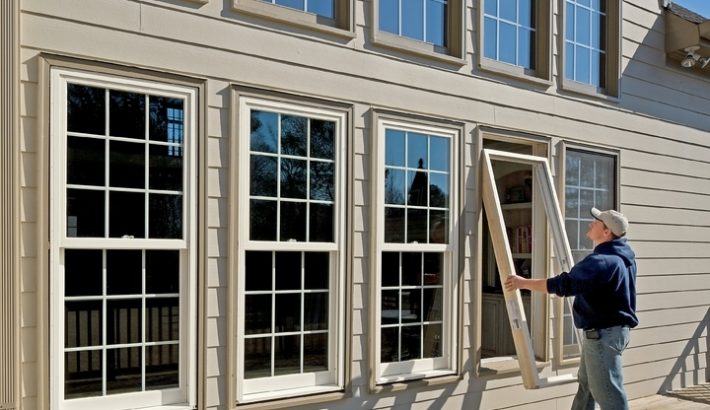Understanding NFRC Labels: A Comprehensive Guide to Window Energy Performance
Introduction: When it comes to selecting windows for your home or building, energy efficiency is a crucial consideration. Informed decisions require understanding the various metrics used to measure a window's performance. One essential tool for assessing energy performance is the NFRC label. In this blog post, we'll delve into the significance of NFRC labels and how they can help consumers make informed choices when selecting windows.
What is the NFRC? The National Fenestration Rating Council (NFRC) is a non-profit organization that develops and administers energy performance ratings for windows, doors, and skylights. Established in 1989, the NFRC provides unbiased, credible information to help consumers compare the energy efficiency of different fenestration products.
Understanding NFRC Labels: NFRC labels provide vital information about a window's energy performance based on standardized testing procedures. Here are the key components typically found on an NFRC label:
-
U-Factor: The U-factor measures the rate of heat transfer through the window. A lower U-factor indicates better insulation properties, meaning the window is more effective at preventing heat from escaping or entering a building. U-factor values on NFRC labels are expressed in British thermal units per hour per square foot per degree Fahrenheit (Btu/h·ft²·°F).
-
Solar Heat Gain Coefficient (SHGC): The SHGC represents the fraction of solar radiation that enters through a window and contributes to heat gain. A lower SHGC indicates less solar heat gain, which is beneficial in hot climates to reduce cooling costs. SHGC values on NFRC labels range from 0 to 1, with lower values indicating better solar control.
-
Visible Transmittance (VT): VT measures the amount of visible light transmitted through the window. A higher VT value means more natural light enters the building, reducing the need for artificial lighting during the day. VT values on NFRC labels also range from 0 to 1, with higher values indicating better daylighting.
-
Air Leakage (AL): Air leakage refers to the amount of air that passes through the window assembly. NFRC labels may include an air leakage rating expressed in cubic feet per minute per square foot of window area (cfm/ft²). Lower air leakage ratings indicate better sealing and reduced energy loss due to drafts.
-
Condensation Resistance (CR): Some NFRC labels also include a condensation resistance rating, which measures how well a window resists condensation formation on its interior surface. CR ratings range from 1 to 100, with higher values indicating better resistance to condensation.
Using NFRC Labels to Make Informed Choices: NFRC labels empower consumers to compare the energy performance of different windows objectively. By considering factors such as U-factor, SHGC, VT, and air leakage, consumers can select windows that meet their specific climate and energy efficiency needs. Additionally, NFRC labels help builders and architects comply with energy codes and standards by specifying windows with appropriate performance ratings.
Conclusion: NFRC labels are invaluable tools for evaluating the energy performance of windows and making informed purchasing decisions. By understanding the information provided on NFRC labels, consumers can select windows that not only enhance comfort and aesthetics but also contribute to energy savings and environmental sustainability. Whether you're renovating your home or designing a new building, NFRC-rated windows offer a reliable means of achieving energy efficiency goals and creating a more comfortable, sustainable living or working environment.



